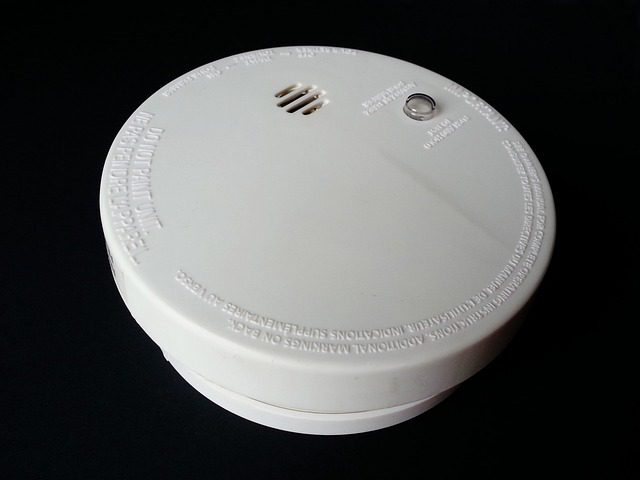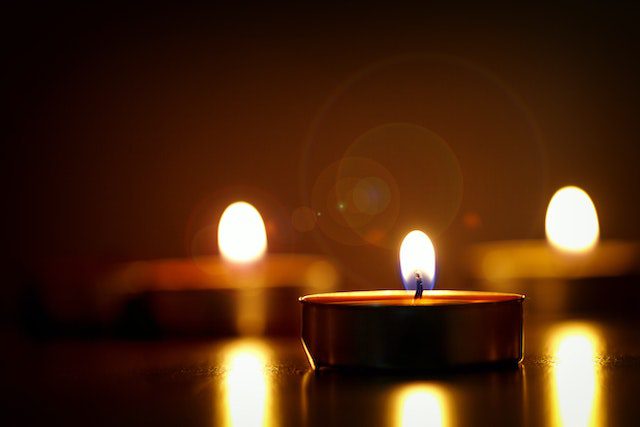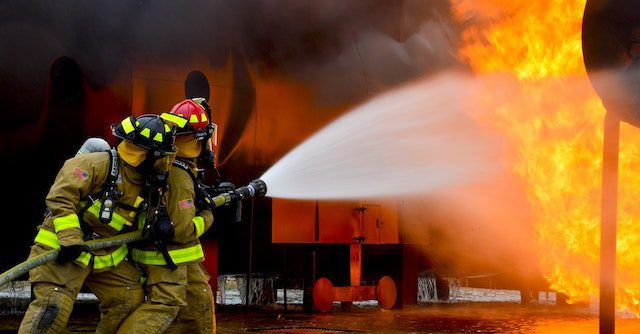Fire safety knowledge is a must for families. With a little under a month into 2023, the U.S. Fire Administration has already reported 124 deaths from home fires. These home fires may have been prevented if some simple placeholders and plans were implemented beforehand.
Cold Weather Prep
Colder weather begets a higher risk of house fires. More indoor activity means extended use of electricity and heating units. Space heaters are potential fire starters if not used properly. Here are some tips for fire safety in cold weather:
- Maintain a three feet perimeter between your space heater and other objects
- Check cords and outlets regularly for any damage
- Make sure your home has a smoke alarm and that they have tested a minimum of one time each month. Do not wait to change batteries when they are needed. Also, make sure your kids are familiar with what the smoke alarm sounds like and what to do when they hear it.

Practice Fire Safety Exit Plan
If a fire does happen in your home, what would be your first course of action? You don’t want to be figuring out that plan in the middle of a fire. The results could be deadly, especially since you only have less than two minutes to escape. The Red Cross says having two exit routes to escape from is helpful in quickly getting out of the house if a fire occurs. Identify a commonplace outside of the home to meet.
All of this is helpless if your family cannot do it. Practice getting out of the two exit routes in under two minutes so that if and when a fire does occur, everyone will know exactly what needs doing. Read here for more info on family emergency plans.
Using Lighters and Candles
Candles provide a refreshing smell that can rotate throughout the entire house. Many individuals use them to relax and meditate. The popularity of candles and their brother the incense equally share a threat of fire, as it is an active flame sparked from a lighter or match. if used properly, they can essentially cause little to no fire concern. However, if you fall asleep with your candles lit or leave them unattended, an unintentional fire is more likely.
Don’t leave candles burning if you are not home and blow them out before you go to sleep.

Safely Smoking At Home
Smoking materials are the leading cause of fire deaths, according to the National Fire Protection Association, or NFPA. A report showed between 2012 and 2016, 5 percent of house fires were due to smoking-related ignitions. If you smoke, here are a few safety tips by way of the NFPA:
- Smoke outside
- Oxygen and smoking do not mix. Doing so can cause an explosion.
- Ensure your cigarette has completely stopped burning before discarding it. It’s a fire hazard to throw it in the yard or plants before it is out due to the potential of the cigarette burning something else.
- E-cigarettes are a fire risk, too. Watch them while charging and carrying them in your pocket as they have been known to explode in the past.
Safety Begins with Knowledge
Safety starts with knowledge and then the right tools! We are glad to bring you important survival articles to help keep you and your family safe. SOS Food Lab is a purveyor of emergency food rations and water to store in your home, car—anywhere!
